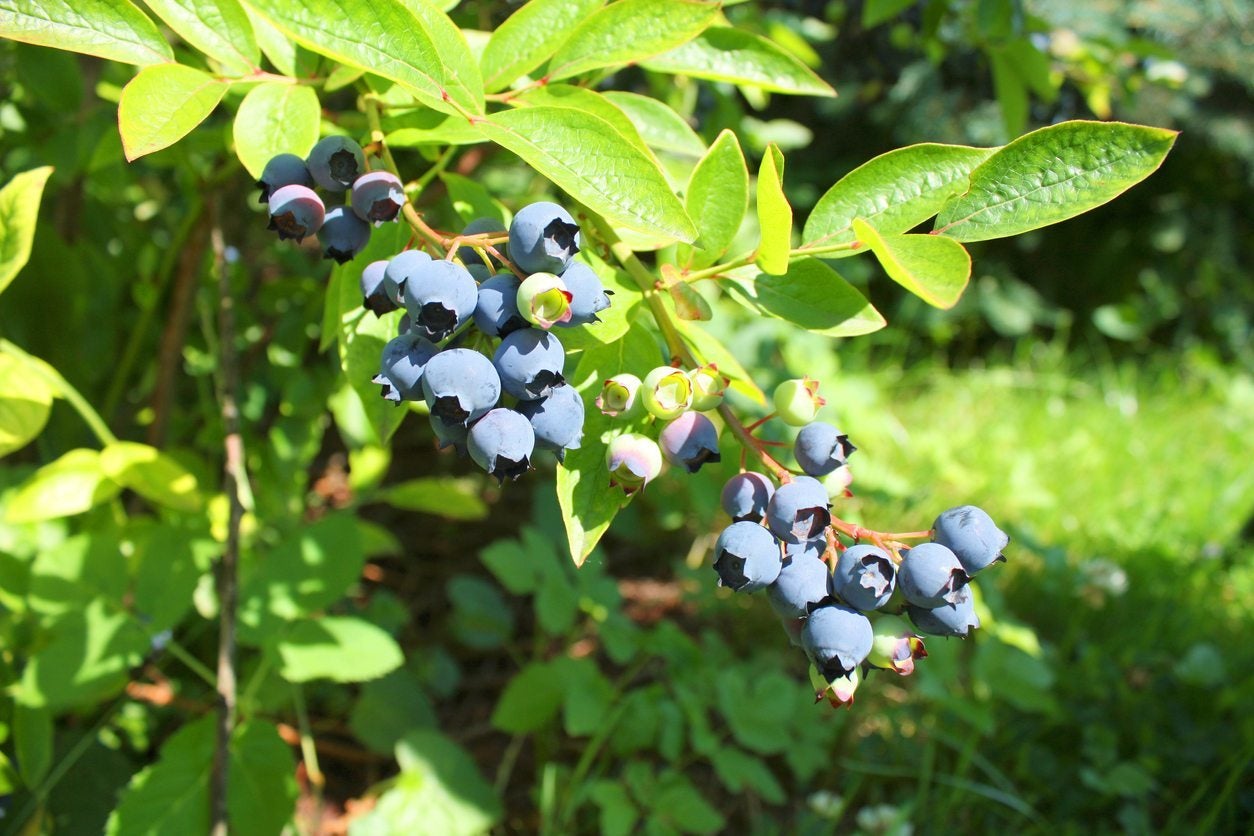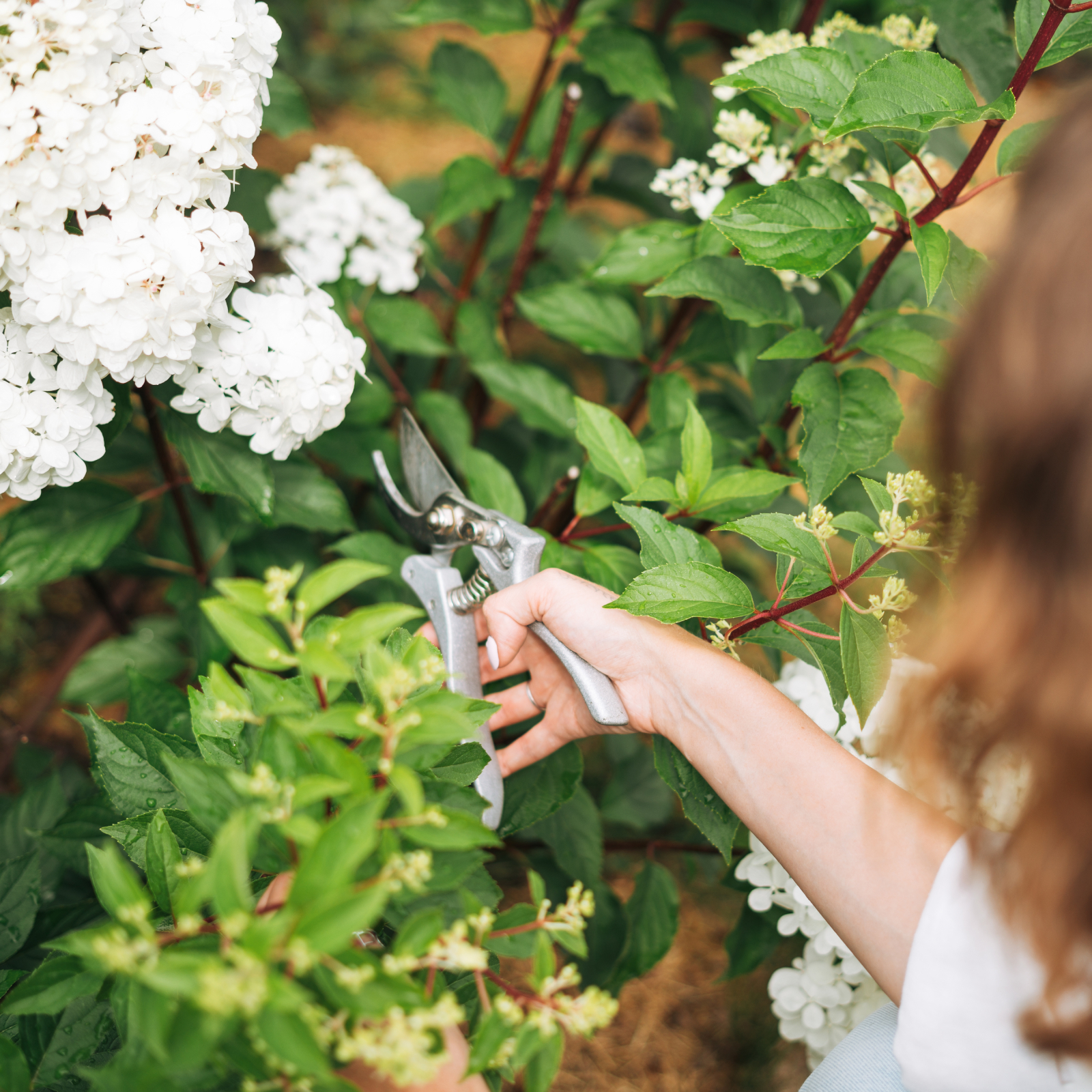Highbush Blueberry Plant Care: How To Grow Highbush Blueberry Plants

Growing blueberries at home can be a challenge, but they are so delicious when homegrown, it is definitely worth the effort! Blueberry plants come in two main types: highbush and lowbush. Highbush blueberries (Vaccinium corymbosum) grow in a wider geographic range than lowbush, and they are a common choice for home gardeners.
What are Highbush Blueberries?
Highbush blueberries are the ones you usually find in grocery stores. They are members of the Vaccinium genus, along with lowbush blueberries, cranberries, huckleberries, and lingonberries. The highbush blueberry is native to eastern coastal regions of North America. Along with azaleas, mountain laurels, and rhododendrons, Vaccinium species belong to the Ericaceae or heather family. Like other heather family plants, highbush blueberries are acid-loving plants that are adapted to living in low-fertility habitats such as bogs and heaths.
How to Grow Highbush Blueberry Plants
Highbush blueberry plant care begins with proper site selection and soil amendment. Blueberries are long-lived perennials, so taking care at the beginning will pay off for years. The most important thing to remember when growing highbush blueberries (or any plant in the heather family) is that the soil needs to be quite acidic, in the range of pH 4.5-5.2, for highbush blueberry plants to take in nutrients effectively. Sometimes, gardeners are puzzled because they’ve grown healthy-looking blueberry plants that fail to produce fruit. The reason might be that they haven’t made the soil quite acidic enough. Aluminum sulfate or, preferably, finely ground sulfur are used to reduce the pH for blueberries. Invest in a soil test to determine how much to add, and keep in mind that sandy soils require half the sulfur quantity as clay soil to reduce pH the same amount. Avoid adding sulfur year after year without testing, because this will eventually make the soil too acidic. Plant your highbush blueberries in a well-drained site with full sun. The soil should be high in organic matter and should preferably be sandy. Growing highbush blueberries in clay soil is difficult. To increase the organic matter in the soil, dig a large planting hole, remove ½ of the soil and replace it with peat and/or compost. Mix well, and use this to fill in the planting hole. Then, place organic mulch over the plant’s root zone.
Additional Highbush Blueberry Plant Care
One month after planting and once each year, feed the blueberries with 1 ounce (30 g.) per plant of 12-4-8 fertilizer. Also, fertilize each year with magnesium, an important nutrient for blueberries. Or use an azalea/rhododendron fertilizer. Water the plants regularly during the growing season. In the spring of the first two years, remove all flower clusters to allow the plant to establish itself well. Allow a few flower clusters to develop in the third year. Wait until the plant’s fourth or fifth year to allow plants to produce a full crop of blueberries. After that, a healthy plant can produce berries for more than 40 years. Highbush blueberry plants typically produce ripe fruit from mid- or late July until mid-August. Protect the berries from birds by placing netting over the plants.
Gardening tips, videos, info and more delivered right to your inbox!
Sign up for the Gardening Know How newsletter today and receive a free copy of our e-book "How to Grow Delicious Tomatoes".
Ilana Goldowitz Jimenez is a scientific and agricultural writer with a B.S. in Plant Sciences from Cornell University and a PhD in Chemical Biology and Infectious Disease from Harvard University.
-
 Pruning Limelight Hydrangea Bushes For Bigger Blooms & Stronger Plants
Pruning Limelight Hydrangea Bushes For Bigger Blooms & Stronger PlantsPruning 'Limelight' hydrangea will benefit the shrub. Flowers will be more bountiful the next year and branches will be stronger. Learn how and when to prune.
-
 What’s Wrong With Your Azaleas? Identify, Tackle And Prevent 6 Common Azalea Pests
What’s Wrong With Your Azaleas? Identify, Tackle And Prevent 6 Common Azalea PestsIf you’ve spotted signs of azalea leaf damage, don’t panic – here’s how to identify the most common azalea pests so you can take action swiftly and keep plants healthy